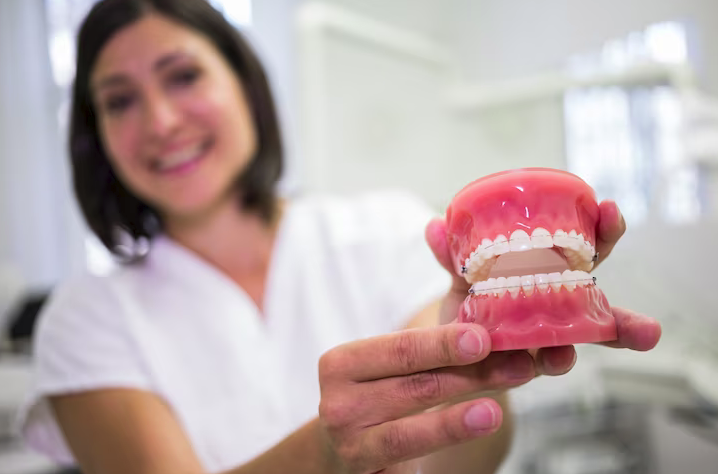Running a successful dental practice requires more than just providing quality dental care. It requires a combination of business acumen, patient satisfaction, and clinical expertise. From managing finances to building a strong team, there are many factors that contribute to a thriving dental practice. In this article, we’ll explore the essential elements of a successful dental practice, from marketing and patient management to clinical operations and team building. By following this comprehensive checklist, you can ensure that your practice is set up for success.
Table of Contents
- Introduction
- Practice ManagementFinancial Management
- Patient Management
- Technology and Equipment
- Conclusion
- FAQs
Practice Management
Financial Management
Managing finances is a critical component of running a successful dental practice. It’s important to have a solid understanding of your practice’s financial performance, including revenue, expenses, and profitability. Here are some key financial management practices to consider:
Track Key Performance Indicators (KPIs)
Tracking KPIs can help you monitor your practice’s financial health and identify areas for improvement. Key KPIs for dental practices include:
- Production: the total value of services provided by the practice
- Collections: the total amount of payments received by the practice
- Overhead: the total cost of running the practice
- Net Income: the amount of profit earned by the practice
Create a Budget
Creating a budget can help you plan and prioritize your practice’s expenses. Be sure to include fixed costs (such as rent and salaries) as well as variable costs (such as supplies and marketing expenses).
Invest in Technology
Investing in technology can help improve your practice’s efficiency and profitability. Consider implementing digital recordkeeping systems, online payment options, and patient scheduling software to streamline operations and enhance the patient experience.
Patient Management
Effective patient management is essential for building a loyal patient base and maintaining a thriving practice. Here are some tips for effective patient management:
Develop a Patient-Centered Approach
Put your patients’ needs and preferences at the center of your practice. Provide clear communication, personalized treatment plans, and a comfortable and welcoming environment.
Implement Efficient Appointment Scheduling
Implement efficient appointment scheduling practices to minimize wait times and improve patient satisfaction. Consider offering online appointment scheduling, text message reminders, and a streamlined check-in process.
Monitor Patient Feedback
Regularly solicit feedback from patients to identify areas for improvement and address concerns. Consider implementing a patient satisfaction survey or encouraging online reviews.
Technology and Equipment
Staying up-to-date with the latest technology and equipment can help improve your practice’s efficiency, safety, and patient outcomes. Consider these technology and equipment essentials:
Digital Radiography
Digital radiography systems provide faster and more accurate imaging results, reducing patient exposure to radiation and improving diagnostic capabilities.
Intraoral Cameras
Intraoral cameras allow patients to see detailed images of their teeth and gums, improving patient education and engagement.
Sterilization Equipment
High-quality sterilization equipment is essential for maintaining a safe and clean practice environment. Consider investing in state-of-the-art sterilization equipment and training staff on proper sterilization procedures.
FAQ:
- Why is a dental practice checklist important?
A dental practice checklist is important because it helps ensure that all essential tasks and procedures are being followed consistently and efficiently, which can lead to improved patient care, better outcomes, and increased profitability.
2. What should be included in a dental practice checklist?
A dental practice checklist should include a wide range of tasks and procedures, such as patient communication and education, infection control, equipment maintenance, financial management, and marketing and growth strategies.
3. How often should a dental practice checklist be updated?
A dental practice checklist should be updated regularly, at least once per year, to ensure that it reflects current best practices, regulatory requirements, and changes in technology or patient demographics.
Conclusion:
In conclusion, a dental practice checklist is an essential tool for success in today’s competitive and constantly evolving dental industry. By implementing a comprehensive checklist, dental practices can improve patient care, increase efficiency, reduce the risk of errors and oversights, and ultimately, achieve their goals for growth and profitability. A successful dental practice checklist should be tailored to the unique needs and goals of the practice and should include a wide range of tasks and procedures, including patient communication, infection control, equipment maintenance, financial management, and marketing strategies. It’s important for dental practices to regularly review and update their checklists to ensure that they reflect current best practices and regulatory requirements. By following a well-designed dental practice checklist, practices can optimize their operations and provide the best possible care to their patients.





Comments